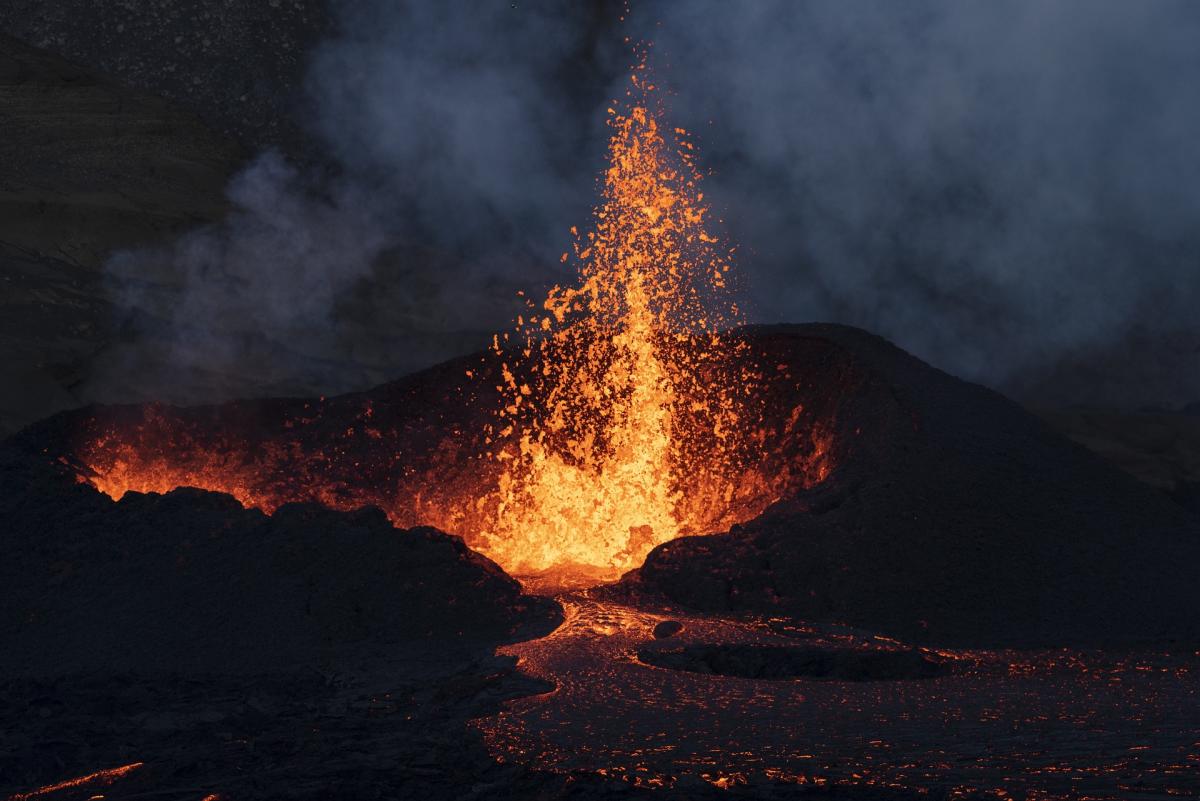
Aeronautics 2-Microsoft Flight Simulator Take-Off & Landing Unit: Lesson 1
This is the first of 7 Take-Off & Landing Lessons. This unit is the start the Aeronautics 2 lessons. Students must have completed the 8 Basic Handling Unit lessons from Aeronautics 1 course. (See lesson plans from year one of ASAP Fellowship.)
Prior to teaching this lesson, all students must have completed lessons on the follow topics:
History of Flight
Bernoulli’s Principle
Newton’s Laws of Motion
Four Forces of Flight
Earth’s Atmosphere
Aviation Weather
Aircraft Vocabulary
8 Basic Handling Lessons from Aeronautics 1 (See last years ASAP Lesson plans)
https://stemteachers.asu.edu/stem-lesson-plans?sq=huggins
(Note: I do not teach the last two lessons in the Take-Off and Landing unit until the students can successfully complete the Solo lesson. The final two lessons are dead stick landing and landing without an elevator.)
Since this is an individual assignment, I have my students working on various aeronautics related projects until it is their turn to interact with the flight simulator. Having more than one flight simulator allows for more students to complete the lesson in a shorter time.
Microsoft Flight Simulator is set up using real world weather and traffic conditions.
Lesson Plan Link/URL
https://docs.google.com/presentation/d/1tl15GD4TTPQxFUfC06PNP2ozOXw4mFVJ7JbTgS7…Subject Area
Science Physical Science P3: Net Force P4: Energy Transfer Technology 3. Knowledge ConstructorRelated Content

Students learn about atomic theory and the scientists that theorized new atomic models from experiments they conducted. Students then create a 3D model for each advancement in the theory timeline

As an intro to Thermal Energy, students are challenged to create a warmer that will keep my coffee warm. Students project will be tested in class, data will be collected, compared, and graphed.

In this lesson on "Friction Fires and Its Associated Phenomena" the objectives are as follows: Students will be able to explain the process of friction fire, including the materials and techniques